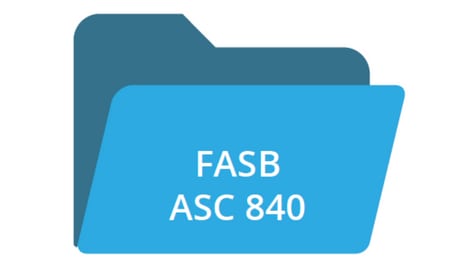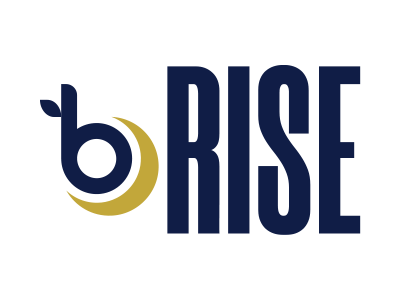
The billing process is a set of steps that a business follows to create and send invoices to its customers net realizable value formula for the products or services provided. It typically involves gathering customer and product/service information, generating an invoice, sending it to the customer, and tracking payment. The billing process is essential for maintaining accurate financial records and ensuring timely payment for goods and services rendered. To ensure an efficient billing process, it is important to use reliable and effective billing software. Billing software (or invoicing software) automates many of the tasks involved in billing, such as creating invoices, tracking payments, and issuing refunds.
- Online services vary by participating financial institutions or other parties and may be subject to application approval, additional terms, conditions, and fees.
- It lets the customer know what to expect and helps ensure the company is paid on time.
- This is seen in the form of a proforma invoice, which is a preparatory bill sent before work is finished.
- The extra expense of paper, ink, and postage, can be easily avoided by sending an email attachment instead.
- In many cases, this can encourage more customers to decide to buy a service or a product because canceling earlier would not lead to overcharging.
Express empathy if the situation calls for it and provide any necessary clarification to further demonstrate your commitment to a collaborative and sustainable partnership. If you or your team need help writing professional proposals, use the ClickUp Request for Proposal (RFP) Statement of Work Template. It helps create transparent, standardized, and comprehensive SOWs, minimizing billing conflicts down the line. Crafting a proposal or statement of work (SOW) is more than just putting pen to paper; it’s about laying the foundation for successful client collaboration. SOWs aim to specify precisely what you will be working on, as well as the deliverables, deadlines, and costs. Being open and honest about your terms and conditions is essential because it will pave the way for a fruitful working relationship.
Importance of Billing For Businesses
This helps in setting reasonable expectations for both you and your clients. Choosing the right billing method is a critical decision that directly impacts your business’s financial success and client relationships. Combination billing involves integrating multiple billing methods to create a versatile and adaptive system.
Once the payment is received, the invoice is marked as paid in the business’s accounting system. If the payment is not received by the due date, the business may send reminders or follow up with the customer to collect the payment. Invoice billing is a method of billing where a seller sends a document (the invoice) to a buyer with a detailed description of goods or services provided and the amount owed. It’s like a friendly reminder from a friend that you owe them money, except it’s a business and they mean business. Recurring billing is a payment model that works by automatically charging customers on a regular basis for a product or service.
What are the types of billing processes?

Here are four tactics to help you address the issue with finesse, ensuring that your client relationships remain intact and overdue payments get resolved amicably. Whether you opt for a weekly, bi-weekly, or monthly billing frequency, the key is to stick to the schedule religiously. This consistency is a preventative do i need a cpa for my small business measure to avoid confusion and reduce the risk of late or missed payments. If they don’t respond to your email, consider sending a polite follow-up email two days later. And if it’s the due date and they still haven’t paid you, you can send another. Even if you’re invoicing through a software platform, it’s still common courtesy to send the client an email alerting them of the invoice and asking them to confirm its receipt.
Integrating these two systems reduces the need for manual input and corrections, which saves time and improves efficiency. A consistent billing schedule is important as it allows customers to anticipate when they will be charged and plan accordingly. It also helps businesses ensure timely and regular payment for their services or products. Prepaid billing works by requiring customers to pay in advance for goods or services they will receive in the future. The business collects payment for a certain amount or duration of service upfront, and then provides the goods or services as promised.
What Is Client Billing?
Poor billing practices are some of the most common reasons behind late payments. An invoice filled with errors or unclear components will not only slow down your cash inflow but may also be perceived as sloppy and unprofessional by your client. Billing is defined as the step-by-step process of requesting payment from customers by issuing invoices. An invoice is the commercial document businesses use to request payment and book value vs market value of equity record sales.
How to Improve Workforce Productivity: Techniques & Tools
When a buyer receives an invoice, they’re expected to pay the amount owed within a specific timeframe, which is usually outlined on the invoice. This type of billing is commonly used in business-to-business transactions and is an important part of keeping track of payments and managing cash flow. One-time billing is a payment model where a customer is charged for a product or service only once. In one-time billing, the customer provides payment information, and the payment is processed for the specific amount due. The payment is processed and then the customer receives the product or service. It’s simple, straightforward, and doesn’t require any recurring payments or subscription fees.

